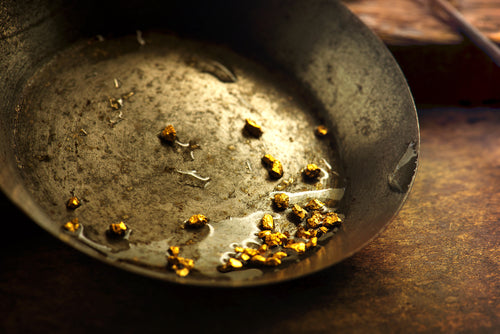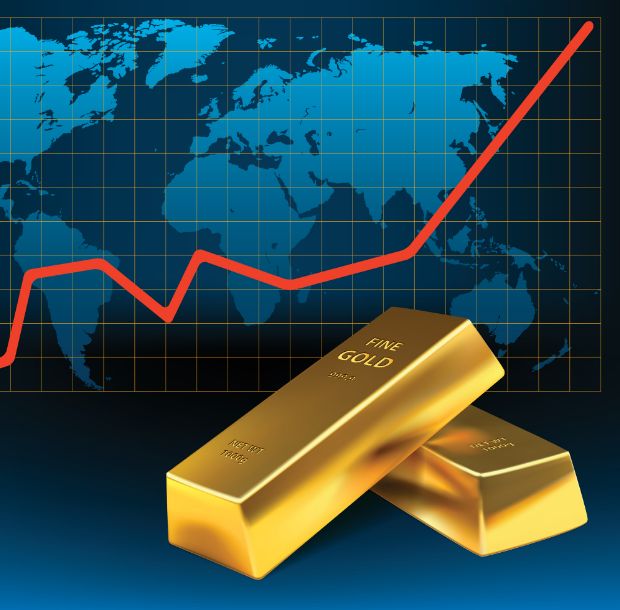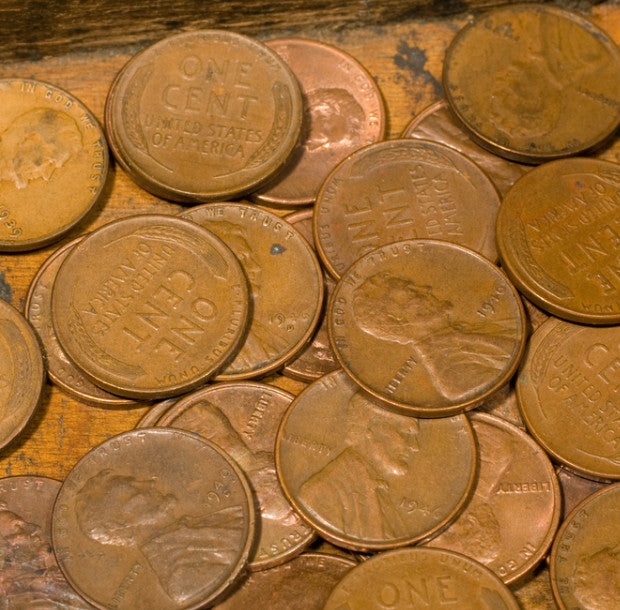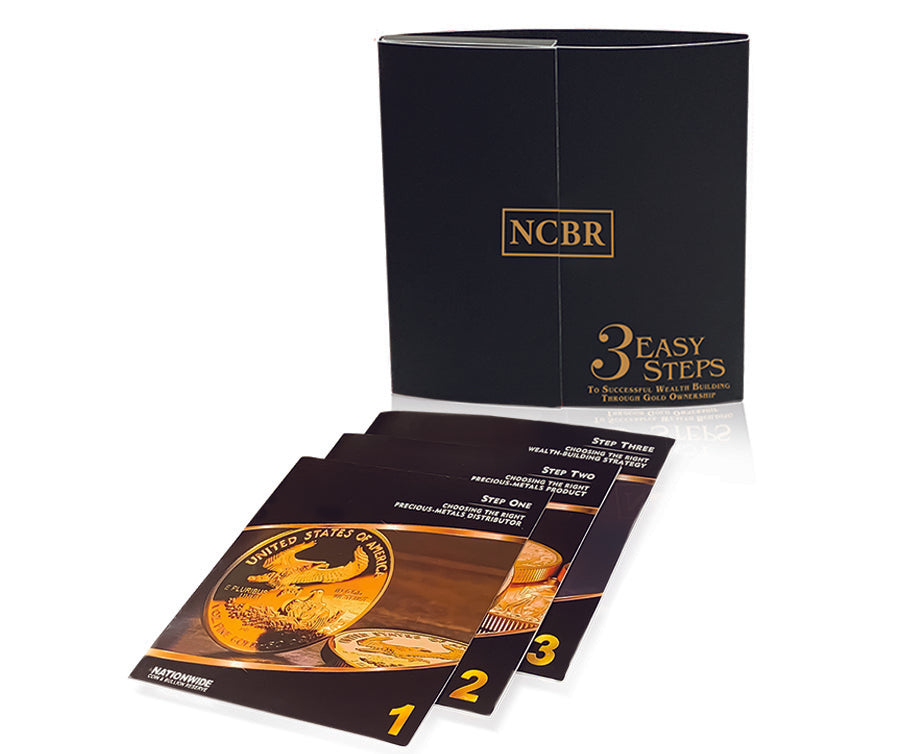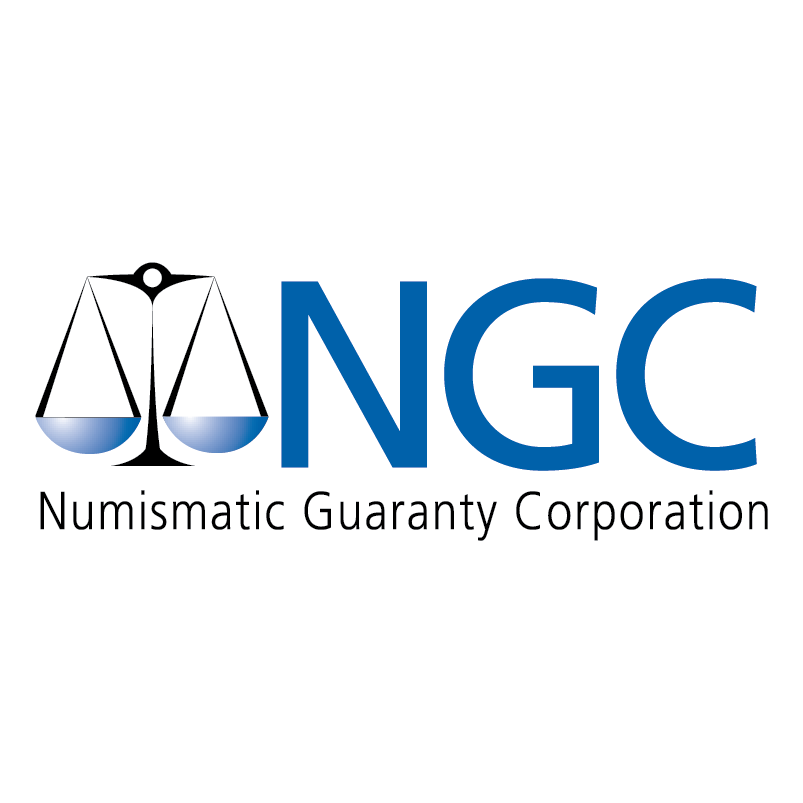The year is 1848. In the land that just recently became known as the state of California, a man named James Marshall is building a sawmill for another man named John A. Sutter. It’s a hot day, and he stops to take a break. As he leans against a post he has just erected, wiping the sweat from his dusty brow, he sees a shimmer in the ground, as though the Earth is winking at him. Could it be?
It is! James Marshall’s eyes widen as he realizes that the shimmer is, in fact, gold. “Boys, I have got her now,” he whispers. An attempt is made to keep the lid on this discovery, but a San Francisco publicist gets wind of the color in the ground and cranks up the rumor mill. The flood gates to easy riches – or the dream of such a thing – can’t be contained, and the seekers make haste.
So began the California Gold Rush in the story of how gold was discovered. Somewhere in the neighborhood of 300,000 people rushed to that great state, but only a handful of those actually found the fortune they were seeking.
Of course, that’s just the modern narrative. Gold was discovered in the ancient times of the Romans, Egyptians, and other early civilizations, though there is little agreement on when and where humans first came into contact with gold.
One such date is 2600 B.C., when gold was discovered by the ancient Mesopotamians and used to create some of the world’s first gold jewelry. A little over a thousand years later, in 1223 B.C., gold was used to construct the tomb of iconic Egyptian pharaoh Tutankhamun.
In 700 B.C., the first gold coins were manufactured, setting gold on the path to becoming forever entwined with the concept of money. By the time 564 B.C. rolled around, Lydian King Croesus enhanced gold refining techniques and established the very first international gold currency. At this point, gold was discovered left and right across the Mediterranean and Middle Eastern regions, prompting Plato and Aristotle to philosophize about gold’s properties and more practical-minded Greeks to start mining for it. It was so widespread that even today, tourists and local citizens alike roaming through Grecian ruins can stumble across the remains of some of those mines!
The Romans then went on to expand the possibilities of gold discovery by building on the mining technology of the Greeks. Some of the Roman innovations include stream-based gold mining constructs such as sluices, water wheels, and mining hydraulics.
Approaching modern times, in 1300 the first hallmarking systems for ascertaining and confirming the quality of precious metals were founded in London. Come 1717, the United Kingdom established the original Gold Standard, linking 77 shillings to gold at mint price. To bring us back to James Marshall’s gold discovery, in 1792 U.S. Congress set a bimetallic (gold and silver) standard for the nation’s freshly minted currency, with a gold value of $19.30 per ounce.
Since gold put California on the map, this precious metal has had an alluring history, as it rose to prominence during the height of the Gold Standard, which was ended in 1971 when President Nixon suspended gold’s convertibility as a result of the dollar’s overvaluation and growing public debts in the ‘60s. It was this point that the United States transitioned to the now globally standardized fiat system, which values currency against other foreign currency instead of gold or a physical commodity.
Because the fiat system is not based in a physical commodity, it can be worrisome to consider the possibilities if the U.S. undergoes an extreme financial crisis like the Great Depression. When considering how gold was discovered in the first place, it’s important to remember that it is still a great investment, both to diversify your portfolio and have as a safety net against potential financial disaster. After all, financial institutions still use gold as backing for loans!
If you’re thinking about discovering some gold for your own financial future, browse our selection of bullion gold options. Our experts are always here to answer any questions or to help you find the precious metals product that best meets your needs.
Real Time Precious Metals Data Below
